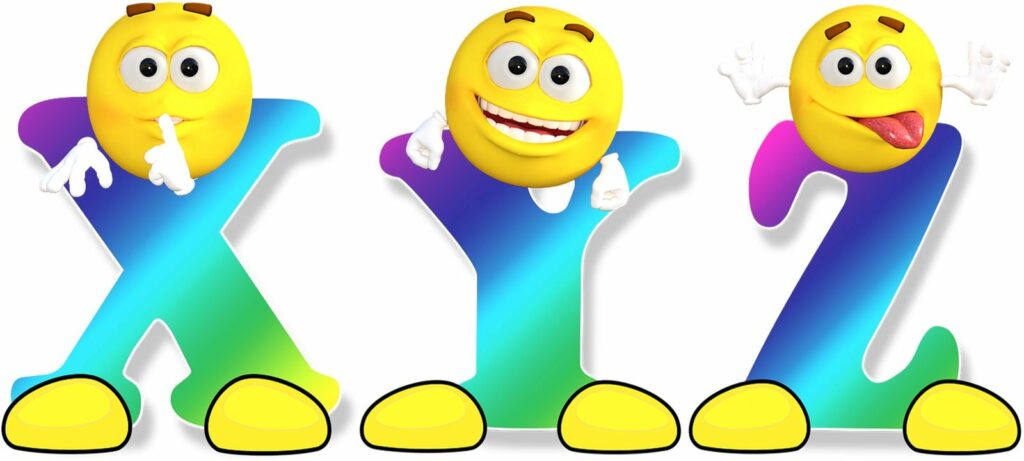
I see a goal, I see an obstacle
The ultimate goal of any commercial company is to maximize profits. Theoretically, its size could be infinite, but in practice, constraints – external and internal, physical and organizational – prevent us from approaching this ideal. External constraints arise when a system is able to produce or sell more than the market can bear. If this is the case, the focus should be on increasing demand, such as making better offers to customers that will stimulate sales. Internal physical constraints include inadequate system capacity related to equipment, logistics, and personnel that make it impossible for the company to cover existing demand. Organizational constraints, which are the most difficult to find and eliminate, include the company’s policies, traditions and rules, as well as employee behavior patterns that prevent the company from working with maximum efficiency.
Precise focus
Theory of Constraints (TC) is a methodology for identifying the most important obstacle standing in the way of achieving a goal at a given moment and removing it. It states that the effect of controlling one element is many times greater than the effect on the whole system. Eliyahu Goldratt, the author of TO, believed that the whole essence of the concept he created lies in the accuracy of focus, which has five stages:
-
-
-
- Find the bottleneck of the system.
- Decide how to expand it as much as possible without incurring additional costs.
- Subordinate everything to that decision.
- If the previous step did not help to eliminate the limitation, direct any means (finances, time, labor) to resolve the issue.
- If the constraint has disappeared, go back to step #1, i.e. define a new constraint.
-
-
Theory of constraints: accounting for throughput
The theory of constraints penetrated logistics, marketing, project management, sales and so on. In each sphere it created a small revolution, as Eliyahu Goldratt forced the business community to reconsider traditional approaches to management, for which he was nicknamed “the sacred cow killer”.
The theory of constraints was developed for enterprises. However, over time, the scope of its application was significantly expanded. Thus, one of the main lines of TO development was the capacity accounting, by means of which the efficiency of any organization was evaluated.
Eliyahu Goldratt identified three main indicators:
-
-
-
- throughput, i.e. the rate at which the system generates revenue through sales.
- investments – money related to equipment, inventory, and inventory.
- operating costs – the cost of maintaining a given level of capacity, i.e. the amount spent to turn investment into capacity (e.g. wages, taxes, etc.).
-
-
All management decisions within the TO framework are made on the basis that increasing throughput is a priority. But cost reduction, which is prioritized in traditional accounting, is considered less important. Saving always has a limit (zero cost), while increasing throughput does not.



